When Tony van Renterghem sent me this story in 2004, I was eager to print it. But I never had the chance to know Tony better and that’s a regret I’ll carry to my own grave. Only later did I discover what 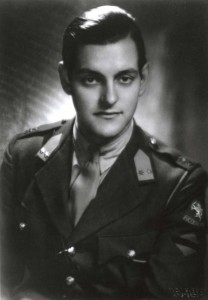
a remarkable man he was. As I was searching for this story in our archives, I Googled Tony, only to sadly discover he had passed away in 2009, at the age of 90. His obituary left me speechless. Here is just a paragraph from it…
‘Raised in Amsterdam, he was trained as one of the last mounted cavalry officers. He served eight years in the Netherlands Armed Forces, (including combat against the German paratroopers during the Blitz), and five years in the Dutch Resistance during the German World War II occupation of Holland. He was condemned to death by the Nazis, but was never caught. He worked extensively in high-level espionage, helped hide those fleeing Nazi persecution and initiated and ran the film and photo units of the Dutch Resistance (known as the “Underground Camera”). For his wartime activities, he received numerous awards from the Dutch government, and the Israeli Yad Vashem “Righteous Among the Nations” Honor for his efforts in saving Jewish lives.’
He never mentioned any of this to me, of course, as we corresponded in 2004 about his Glen Canyon story, and it figures that he wouldn’t. Now I find myself grateful that we were able to publish his account (and re-post it now), but regretful that I didn’t take the time to know him better. JS
I’m 84 and an old man now, but forty-two years ago I stood in the Holy Land at the edge of the river Jordan, looking out at its slow-moving, muddy waters. Any kid could have easily tossed a baseball to the opposite, reed-lined shore. Movie director, George Stevens, Sr., took one look at it, then turned around. “Forget it,” he said, walking off, “it’s not dramatic. I’ll shoot it in the Grand Canyon. It looks like the river Jordan ought to look.”
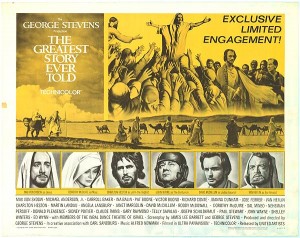 That’s how, in 1962 and ’63, we ended up in Glen Canyon near Page, Arizona, shooting exteriors for the $30 million movie, “The Greatest Story Ever Told,” featuring Swedish actor Max von Sydow as Jesus of Nazareth. We were shooting against the clock, challenged by the rising waters of the future Lake Powell.
That’s how, in 1962 and ’63, we ended up in Glen Canyon near Page, Arizona, shooting exteriors for the $30 million movie, “The Greatest Story Ever Told,” featuring Swedish actor Max von Sydow as Jesus of Nazareth. We were shooting against the clock, challenged by the rising waters of the future Lake Powell.
Northern Arizona had long been one of Hollywood’s most popular locations for the filming of grand old Westerns, such as “Covered Wagon,” “Rio Grande,” “Red River,” and George Stevens Sr.’s classics “Shane” and “Giant.”. The beauty of Glen Canyon had, however, remained largely undiscovered. Now, our production marked the end of this era, sadly coinciding with the end of Glen Canyon itself, for soon the incredible, primeval beauty of this magnificent desert, with its ancient petroglyphs, would be forever lost, drowned in stagnant, polluted waters. Never again would a camera crew record these sacred sights. We were the
last.
For five years I worked on this one movie as assistant and biblical-historical research advisor to director/producer George Stevens, Sr. I organized and led their four-week research trip through the Middle East, recorded Aramaic and Yemenite songs, and later helped the poet/writer Carl Sandburg with his early version of the script (rejected as too liberal, because Sandburg’s Jesus had been a dusty, sweaty, young carpenter in work clothes, instead of the standard white garments.) My tasks also included hosting religious celebrity guests, such as Billy Graham and Martin Luther King Jr.
“The Greatest Story Ever Told” was a beautifully photographed movie, but, in spite of its enormous 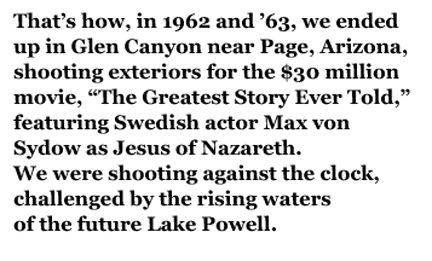 budget and all the talent and research, it never was a “great” movie. Why? I think because Stevens, who in his earlier movies had so brilliantly captured the spirit and grandeur of the American West, here lacked a similar understanding of the poetic, mystical culture of the Middle East and its people.
budget and all the talent and research, it never was a “great” movie. Why? I think because Stevens, who in his earlier movies had so brilliantly captured the spirit and grandeur of the American West, here lacked a similar understanding of the poetic, mystical culture of the Middle East and its people.
Our movie company ended up near Page (where Wahweep Lodge now stands), in a huge camp of prefab cabins and big circus tents used as dining halls, stables, and makeup/wardrobe areas. Hundreds of vehicles, a helicopter, camels, donkeys, horses and cattle crowded the area, hundreds of extras milling around. Navajo Indians, cast as Herodian cavalry, rubbed shoulders with Yemenite dancers (flown in from Israel), and sturdy Christian football players from neighboring colleges, cast as Roman infantry.
In 1963, Page still had a solid Wild West feel about it, what with the hundred or so rugged, young construction workers rappelling from ropes down the steep canyon walls, dynamiting the rocks. They worked night and day shifts to finish the enormous Glen Canyon Dam on time, while their bored wives and girlfriends tried to get hired as extras on “the movie.” They hung out at night at Page’s only dance hall, flirting with our, equally rugged, Hollywood stuntmen. Except for women and booze, there was just nothing in Page on which these macho young males, brimming with testosterone, could spend their paychecks. It led to some rather explosive situations.
One Sunday morning, we were awakened by the noisy arrival of a pickup full of shotgun-wielding dam builders, looking for one of our stuntmen. Seems he’d gotten himself somewhat over-involved with the eager young wife of one of the dam builders. We hid him just in time, under a heap of biblical costumes in the wardrobe tent, and finally managed to convince them that he was on leave in Los Angeles. As soon as they took off, we helicoptered him to the Page airstrip, hustling him off to Hollywood in our company plane, never again to set foot in Page.
More important problems plagued the production. The massive size of the project resulted in our being not only grossly over-budget, but three months behind schedule, causing major logistical headaches. Shooting simple scenes like, “Behold, the lilies of the field,” now forced director Stevens to have acres and acres of desert bushes spray-painted a bright pink to simulate wild flowers. Also, by now, “Mary Magdalene” (British actress Joanna Dunham) had become noticeably pregnant, and exterior shots portraying summer scenes, where the interior shots had already established the actors as going barefoot, had to be shot barefoot outdoors at 20o!
Meanwhile, George Stevens tried to maintain some sense of religious dignity among his “cast of thousands.” Many older, devoutly Christian and Mormon local ladies had eagerly signed up as extras and, draped in their Biblical robes, stared in awe at the six-foot-four Max von Sydow as though he were the genuine Savior. They all hoped to be the ones to be “baptized” by Charleton Heston (John the Baptist), a baptism in the–by now icy–waters of the Colorado. Heston, of course, wore a warm wetsuit under his robes.
After three months in Page, boredom had set in and some of the younger actors had to be reprimanded for whooping it up and dropping out of character a bit too often in the presence of the conservative Page ladies who had taken on jobs as waitresses with our caterer, so as to be able to serve dinner to the “stars.” The worst offenses were the funny antics and table conversation of the comedy actors Roddy McDowall and Jamie Farr (of later “M.A.S.H.” cross-dressing fame), as well as the rude, foulmouthed Robert Blake. All three had, for some obscure reason, been cast as Apostles.
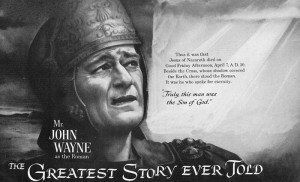 Other problems arose. Due to all the delays, some actors’ contracts ran out, John Wayne’s, for instance. He played the Centurion of the Crucifixion and had to leave us before his remaining, lesser, scenes could be shot. The “Duke” hated to be doubled. So what to do? Simple. Just call in the screenwriters and have them write in a second –silent–“Night Centurion,” one who’d look just like Wayne: same uniform, same size, same shape, same gait, but with his face hidden by his Roman helmet. The audience would never realize it wasn’t the Duke. But who could be found here at this remote location on such short notice? George Stevens looked at me from across the conference table. “Tony,” he said, “you’ve got the same build and walk as Wayne.” I protested that I was a researcher, not an actor! Stevens replied, “Neither is Wayne.” So, my mother ended up admiring the back of my helmet as the Night Centurion, dragging Jesus in front of Pontius Pilate (played by Telly Savalas, the lollipop detective, “Kojak,” of later T.V. fame).
Other problems arose. Due to all the delays, some actors’ contracts ran out, John Wayne’s, for instance. He played the Centurion of the Crucifixion and had to leave us before his remaining, lesser, scenes could be shot. The “Duke” hated to be doubled. So what to do? Simple. Just call in the screenwriters and have them write in a second –silent–“Night Centurion,” one who’d look just like Wayne: same uniform, same size, same shape, same gait, but with his face hidden by his Roman helmet. The audience would never realize it wasn’t the Duke. But who could be found here at this remote location on such short notice? George Stevens looked at me from across the conference table. “Tony,” he said, “you’ve got the same build and walk as Wayne.” I protested that I was a researcher, not an actor! Stevens replied, “Neither is Wayne.” So, my mother ended up admiring the back of my helmet as the Night Centurion, dragging Jesus in front of Pontius Pilate (played by Telly Savalas, the lollipop detective, “Kojak,” of later T.V. fame).
We had the day off on Thanksgiving and my friend, Max von Sydow, and I accepted an invitation by the local Mormon missionaries, who acted as “agents” for our Navajo extras, to share a Thanksgiving dinner with these same Navajo. The Mormons had also invited our Israeli Yemenite dancers. After a slow, bumpy, three-hour drive over unpaved trails we arrived at the mission station in the heart of the reservation. Accustomed as we were to the American opulence of such feasts, the tiny sweet potato, thin slice of tough turkey, and meager portion of mashed potatoes reflected only too well the generosity, bitter poverty, and harsh living conditions of the Navajo. We felt touched and honored that they had wanted to share this meal with us.
The Mormon missionaries were quite exited about having the Israelis meet the Navajo. After all, weren’t Indians the Lost Tribe of Israel? So would they be able to understand each other’s language and shared traditions, such as that the world had been created a mere 5,000 years ago? They didn’t. The Israelis left the party totally bewildered.
Production proceeded slowly as we moved into winter and as the available hours of sunshine for photography got shorter and shorter. The filming took place against the majestic setting of Glen Canyon, at times interrupted by some of the most spectacular thunderstorms I’ve ever witnessed, until, finally, a fierce blizzard forced the production to a grinding halt. Resumption of shooting would have to be postponed until spring, but…the waters of the Colorado were starting to rise behind the new dam and time was running out. Refusing to be stopped by a mere snowstorm, Stevens grabbed a shovel and ordered each and every one of us to follow his example and start shoveling to clear the snow off the sets. No sooner had the press had taken his picture, or he disappeared inside his warm office, leaving of us dutifully shoveling the hillside for the next four hours. That night it snowed again, but at that evening’s production meeting Stevens still insisted that he’d continue shooting through Christmas till we finished, come Hell or high water! This was ridiculous, it just couldn’t be done, but no one spoke up. That’s when I decided to plant a rumor to force his hand and get us home for Christmas. I quietly leaked to the press, “Not to tell, but Stevens plans a surprise.” That he would fly us home, since–this being a religious movie– he wanted to make sure we could all celebrate Christmas with our families in our churches. The next morning, everything was covered with a fresh foot of snow, and my “leaked” story was all over the papers. Stevens was left with no choice but to fly everybody home for the Holidays.
When we returned, having finished all our interiors in Los Angeles, the snow was gone and the smell of spring was in the air. We managed to finish filming just as the slow, rising water reached our area. We’d made it, and had celebrated Christmas at home with our families.
As we prepared to leave Page, I looked back at the Glen Canyon desert where I had frozen at dawn, roasted at noon, choked on dust, been drenched by rain, and blinded by snow. But, oh… what incredible cerulean skies and endless panoramic sights; vistas of such immense proportion as to reduce men to the size of ants. Above all, I’d never forget the awesome silence, the nights of brightest moons and distant howling of coyotes, or the black-velvet, star-studded skies, enlivened by the flash of shooting stars.
It was my last look at Glen Canyon, now gone forever.
Tony van Renterghem died in 2009. Click on his photograph to follow a link to his obituary and his 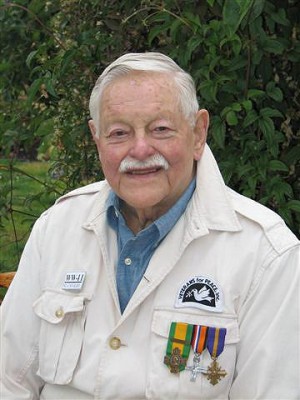 remarkable life.
remarkable life.
To read the PDF version of this article, click here.
To comment, scroll to the bottom of the page.
Don’t forget the Zephyr ads! All links are hot!

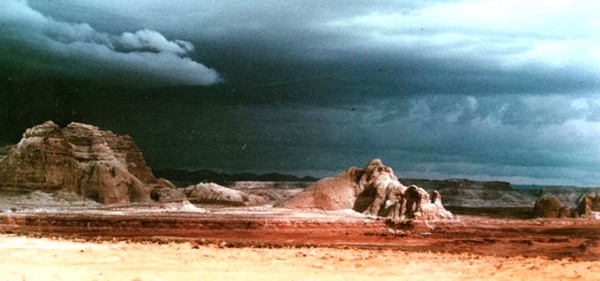
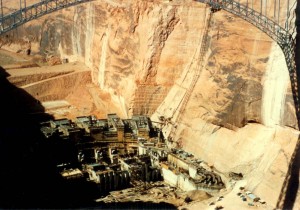
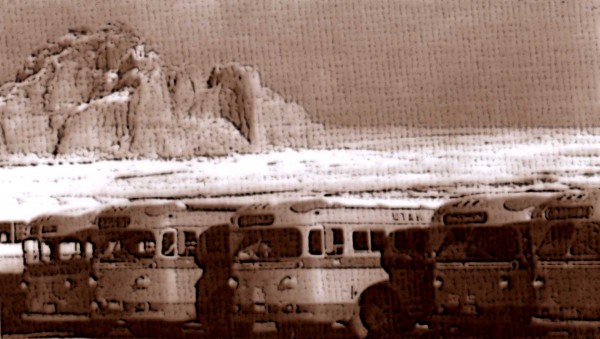

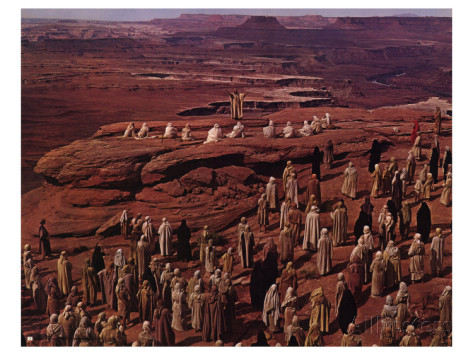


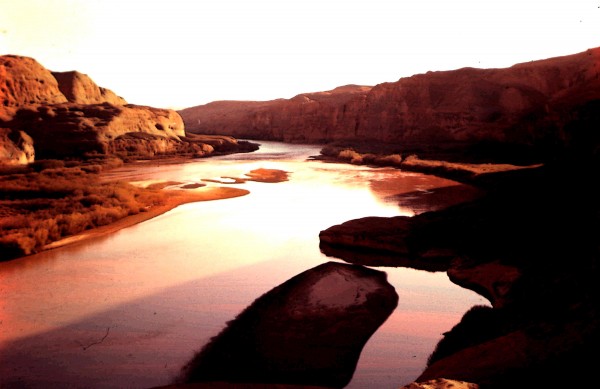



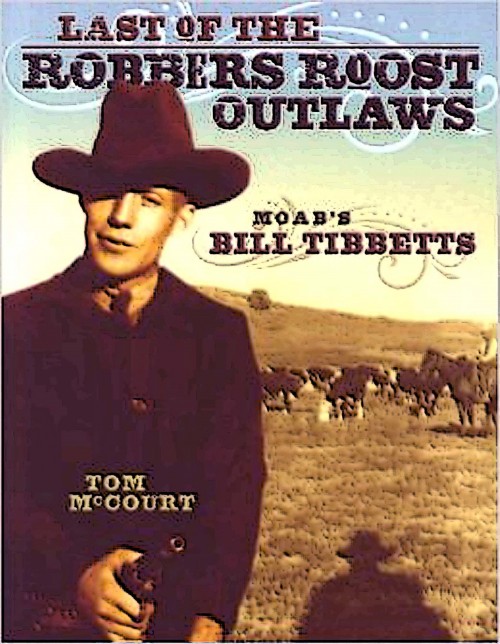
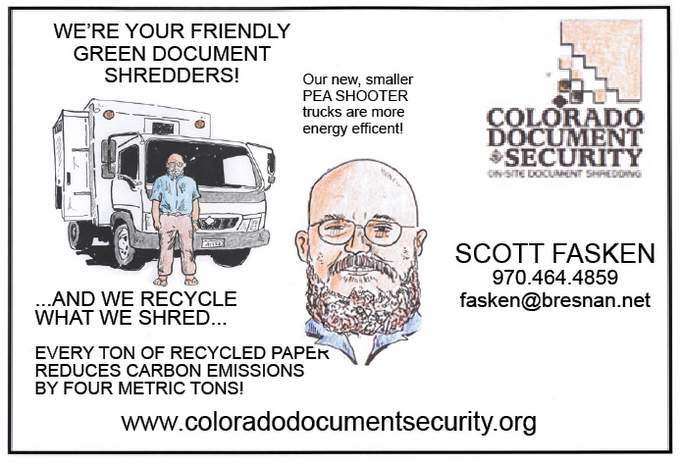
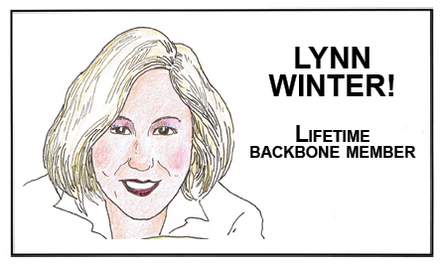

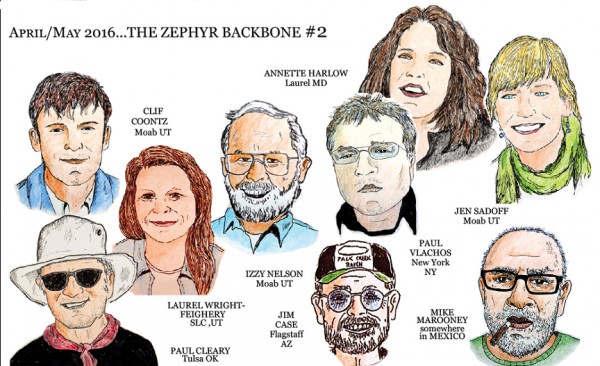
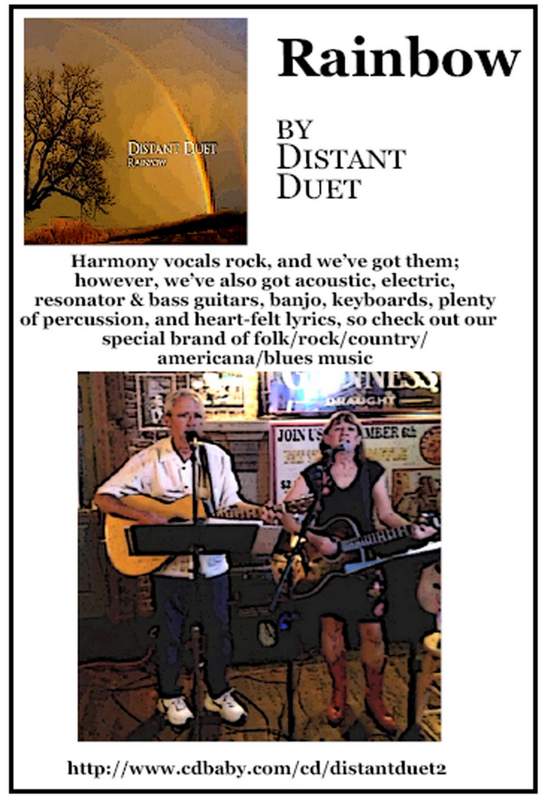
I love Tony’s story because I was also there Christmas 1962 and early 1963 as part of two UC Berkeley Hiking Club excursions that came in during “Greatest Story…” snow break, and found the movie set deserted, Herod’s castle (exterior only), crucifixes, Bethlehem all covered in newly-fallen snow! We came down to the river via Hole-in-the Rock to landing with artificially placed trees where Charlton Heston baptized Max von Sydow and drifted down the ice-filled river that periodically punctured our one and two-person inflatables. It was memorable in may ways, though we never saw the filming, but talked to cowboys tending the stock during the hiatus. Stevens must have been done by our second trip as we came down into the rising Lake Powell.
What an extraordinary story by a remarkable man. Guess I will have to see that movie!!
I know you hate not meeting him. You both would have enjoyed that very much!!
(darn!) i’m gonna hafta watch the movie now. what a story — sorry i missed it the original/first time around ~